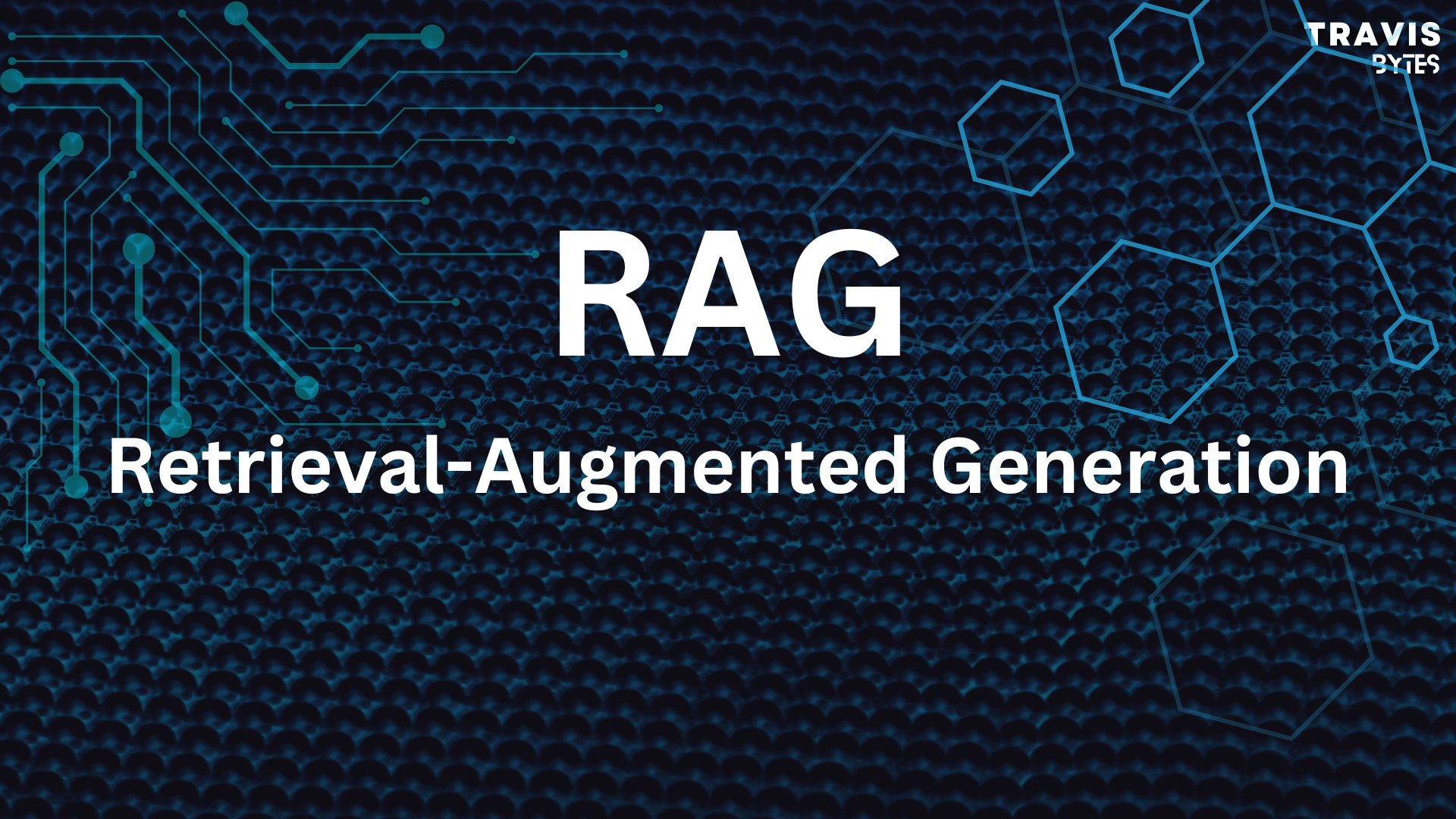Introduction
Generative AI stands at the forefront of artificial intelligence, enabling machines to generate new data instances autonomously. Unlike traditional AI models that are trained to recognize patterns or make decisions based on existing data, Generative AI models are capable of generating new data that resembles the training data.
It’s worth noting that the knowledge of AI is limited to the trained data. For instance, ChatGPT-4 has the latest data only until 2023, which means that there is still a need for external knowledge to provide accurate answers. To address this issue, the RAG (Retrieval-Augmented Generation) mechanism has been introduced, which allows models to access and incorporate external knowledge during the generation process.
In this article, I will show you the architecture, applications, and challenges of RAG, shedding light on its transformative potential in the realm of Generative AI.
What is RAG?
For instance, suppose you want to use AI to answer questions about your upcoming book that hasn’t been published yet. In such cases, since the AI model won’t have any information about your book, you’ll need to provide the content of the book to the model to generate accurate responses. However, providing too much information in the prompt can reduce the accuracy of the model since the context window for the model is limited. To tackle this problem, RAG was created.
RAG can be defined as a new framework that integrates generative models with retrieval mechanisms. It aims to address limitations in traditional generative models by incorporating external knowledge sources to enhance the relevance and coherence of generated content.
RAG consists of three main components: the generator, the retriever, and the ranker.
- Generator: The generator component of RAG is typically a neural network-based model such as a transformer architecture. It generates the primary output based on the input and the retrieved context.
- Retriever: The retriever component retrieves relevant context or information from a predefined knowledge base, which could be a large corpus of text, images, or other structured data sources.
- Ranker: The ranker component selects the most relevant retrieved information to be incorporated into the generation process. It uses various ranking algorithms to assess the relevance of the retrieved context.
In the new bookcase, the Retriever retrieves relevant information from the book and passes it to the Ranker to select the top piece of information, which is then passed on to the Generator to generate the answer.
Applications of RAG
Natural Language Understanding and Generation
RAG can help to enhance tasks like question answering, text summarization, and dialogue generation by utilizing context from external knowledge bases. This approach has practical applications in real-world scenarios, such as chatbots that can deliver more contextually relevant responses, virtual assistants that can answer complicated questions, and summarization models that generate more accurate summaries.
Real-world applications of RAG in NLP include chatbots that can provide more contextually relevant responses, virtual assistants capable of answering complex questions, and summarization models that produce more accurate summaries.
Content Creation and Generation
- Text Generation: RAG utilizes external knowledge to generate more coherent and relevant text, applicable to areas such as content creation, storytelling, and poetry.
- Image Captioning: In image captioning tasks, RAG can retrieve relevant information about the depicted scene from a knowledge base and generate more descriptive and contextually appropriate captions for images.
- Creative Writing: RAG’s ability to access diverse sources allows for creative applications such as generating diverse story plots, creating unique artwork, or composing original musical pieces.
Challenges
- One of the major obstacles in implementing RAG technology is scalability, particularly when working with extensive knowledge bases. Retrieving and processing pertinent information from vast amounts of data in real-time can present computational and efficiency challenges. For instance, a query such as “What are the top 10 best-selling laptop models on Amazon?” can be a complex task for RAG implementation.
- One of the challenges with using RAG is the possibility of biased training data. If the knowledge base or training data contains biases, it can result in inaccurate or skewed generated outputs, which can affect the overall performance and reliability of the model.
In conclusion
RAG is a significant advancement in the field of Generative AI. It offers improved content relevance, enhanced diversity, and creativity in generated outputs. As RAG continues to evolve, it has the potential to revolutionize various applications such as natural language understanding, content creation, and creative expression.

